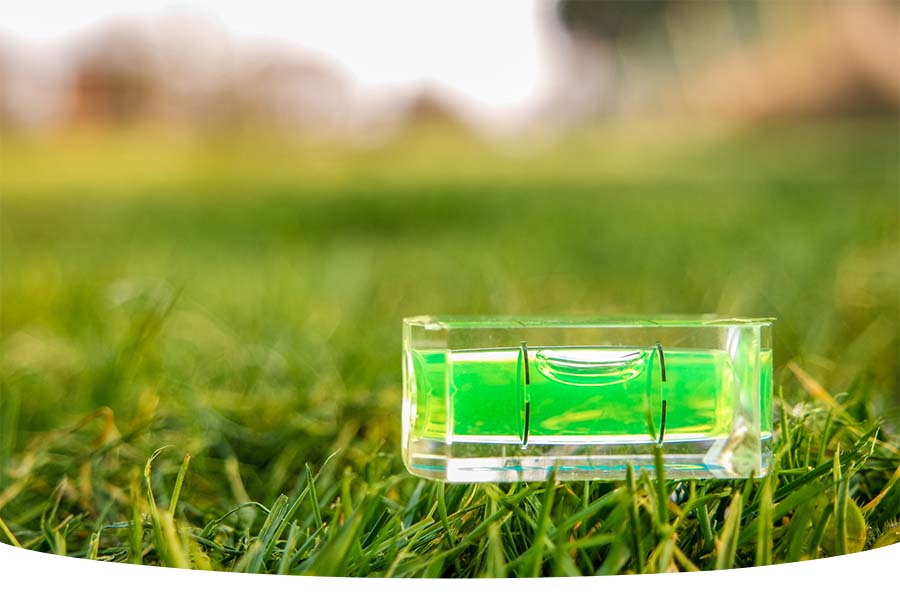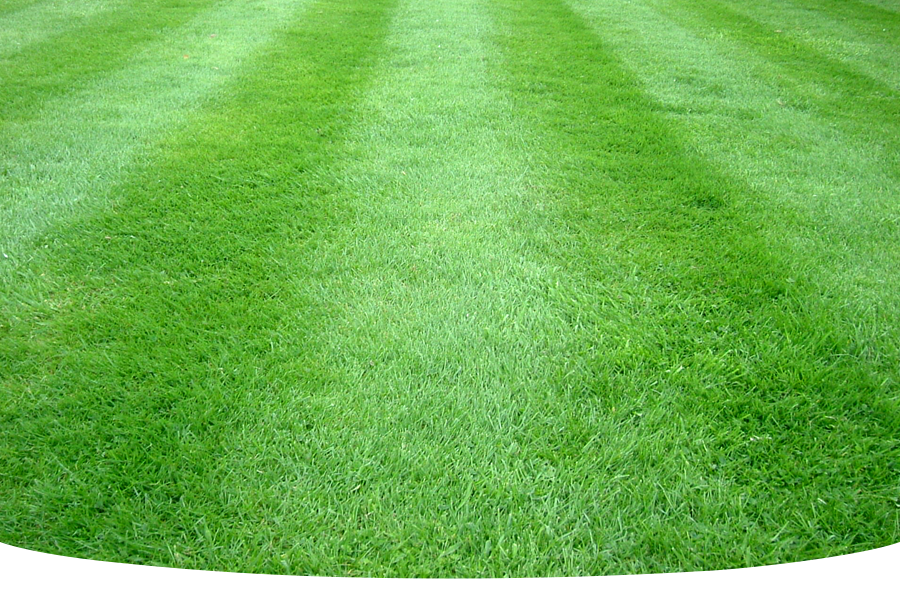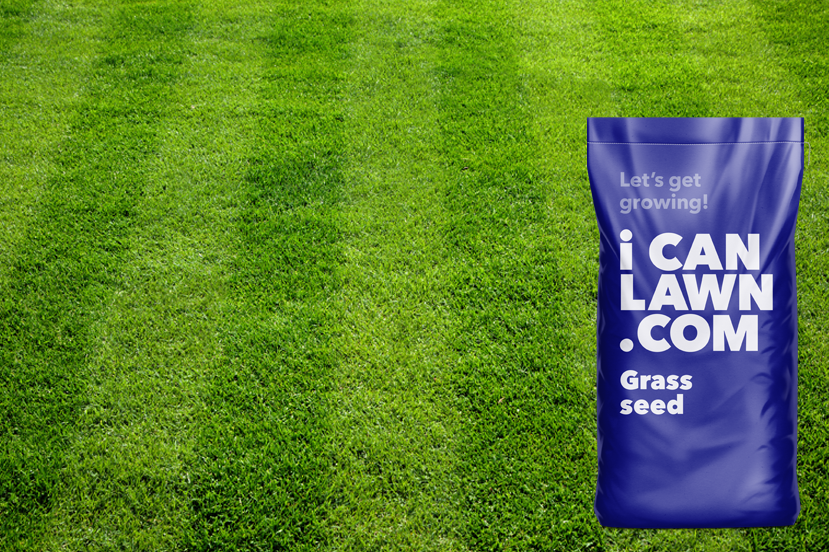How to level a lawn
Having a smooth and level lawn enhances the visual appeal of your outdoor space and provides a safe and enjoyable area for the whole family. Uneven terrain, such as bumps and dips, can be a common issue that can disrupt your lawn’s overall aesthetics and functionality. But fortunately, with a little effort and the right approach, you can easily level a lawn by hand and eliminate those pesky bumps!

Below we will walk you through the process of how to level a lawn, ensuring your grass seed grows well and so you have a beautiful and even garden for years to come.
Step 1: Assess your lawn before you level it
The first step in levelling your lawn is to thoroughly assess the area. Take a walk around your yard and identify any noticeable bumps, dips, or uneven patches. This assessment will help you understand the extent of the problem and plan out the process of levelling your lawn.
Step 2: Remove debris
Clearing the lawn of any debris, such as rocks, sticks, and branches, is important before starting any levelling. This is because these objects will make it challenging to achieve a smooth surface. So, remove the larger items, then rake the lawn to remove any loose debris to make sure the area is clear.
Step 3: Topdressing
Topdressing is a process used to level out uneven areas of the lawn. It involves adding a layer of soil to fill in the low spots and create a level surface.
Using a shovel or garden rake, evenly distribute the topdressing material over the uneven areas to fill the low spots. Aim for an even layer but be careful you don’t put too much down and cover the grass completely, as this will stop it from getting sunlight and will hinder its growth.
Overseeding a lawn
Wear and tear is common on a garden lawn, but it’s more noticeable when family gatherings become summer routines, and your kids and pets never stop running around. If your yard shows signs of patchy areas where the grass is not growing well, some overseeding will help give it a new lease of life.
Step 4: Spread and level your lawn
Use a garden rake to spread and level the soil evenly across your lawn. Work back and forth, gently distributing the soil to achieve a smooth and consistent surface. And pay extra attention to the areas that require more filling and levelling.
Step 5: Water and settle
After spreading and levelling the lawn, water the entire area thoroughly. This helps the soil settle and also promotes the germination of grass seeds you have added for overseeding in patchy areas.
Step 6: Repeat the steps if necessary
In some cases, particularly if your lawn is very uneven, you may need to repeat the topdressing and levelling process. This ensures that all the low spots are adequately filled and the lawn achieves a level surface. Allow the grass to grow and keep an eye on its progress. If you notice any remaining uneven areas, repeat the steps above where needed.
Now you know how to level a lawn
Achieving a level lawn not only improves the visual appeal of your yard but also creates a safer and more enjoyable outdoor space. By following these step-by-step instructions, you can level your lawn by hand and say goodbye to those unsightly bumps. Remember, regular maintenance and proper care are essential for keeping your lawn in top shape, so be sure to mow, water, and fertilise appropriately. With some patience and a bit of effort, you can enjoy a perfectly level lawn that adds beauty and value to your home!
Knowing how to properly aerate your lawn is another task that will benefit the health of your lawn.
When to feed your lawn will help you ensure it’s getting the food it needs to thrive.
And our tips on how to get the perfect lawn will help you get the flawless garden you’ve been dreaming of.






